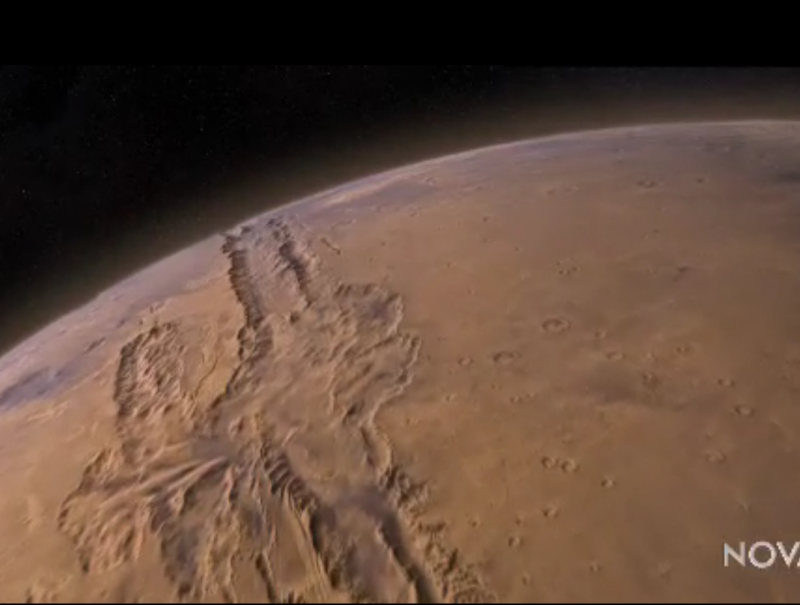Space exploration allows for an interdisciplinary moment between science and social studies. Use these five PBS LearningMedia videos to add richness and depth to your lessons. PBS LearningMedia has thousands more classroom-ready media to enhance classroom learning.
Hubble’s Expanding Universe
Learn how Edwin Hubble made some of the most important discoveries in modern astronomy in this video from NOVA: Invisible Universe Revealed. In 1923, Hubble observed a Cepheid in what was called the Andromeda “nebula.” When he calculated the distance to it, he discovered that the “nebula” was actually a galaxy outside of the Milky Way. At the time, the Milky Way was considered the entire universe, and so the discovery dramatically changed our view of the universe. Hubble went on to measure the relative speed of galaxies, using redshift, and found that the universe was expanding. His observations formed the basis of the Big Bang theory.
Building Curiosity: Rover Rocks Rocker-Bogie
Use this NASA video to show a behind-the-scenes view of how NASA engineers designed Curiosity to be sturdy but light and to be highly maneuverable and stable. Curiosity is NASA’s Mars rover that will, over a 23-month mission, collect and analyze Martian soil and rock samples.
Mass vs. Weight: Introduction
In this video from NASA’s Teaching From Space initiative, two astronauts aboard the International Space Station (ISS) describe mass and weight and the differences between the two. Embedded animations and demonstrations support the video’s learning goals and are highly entertaining.

